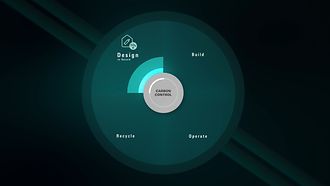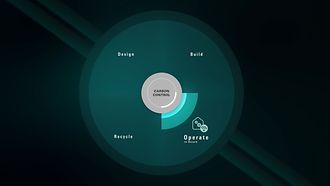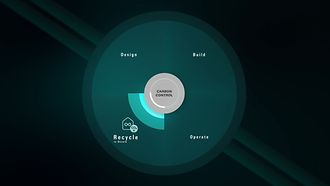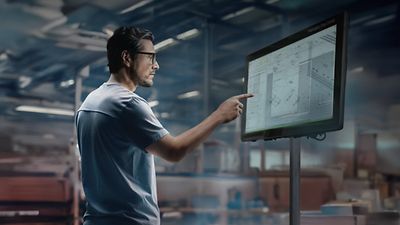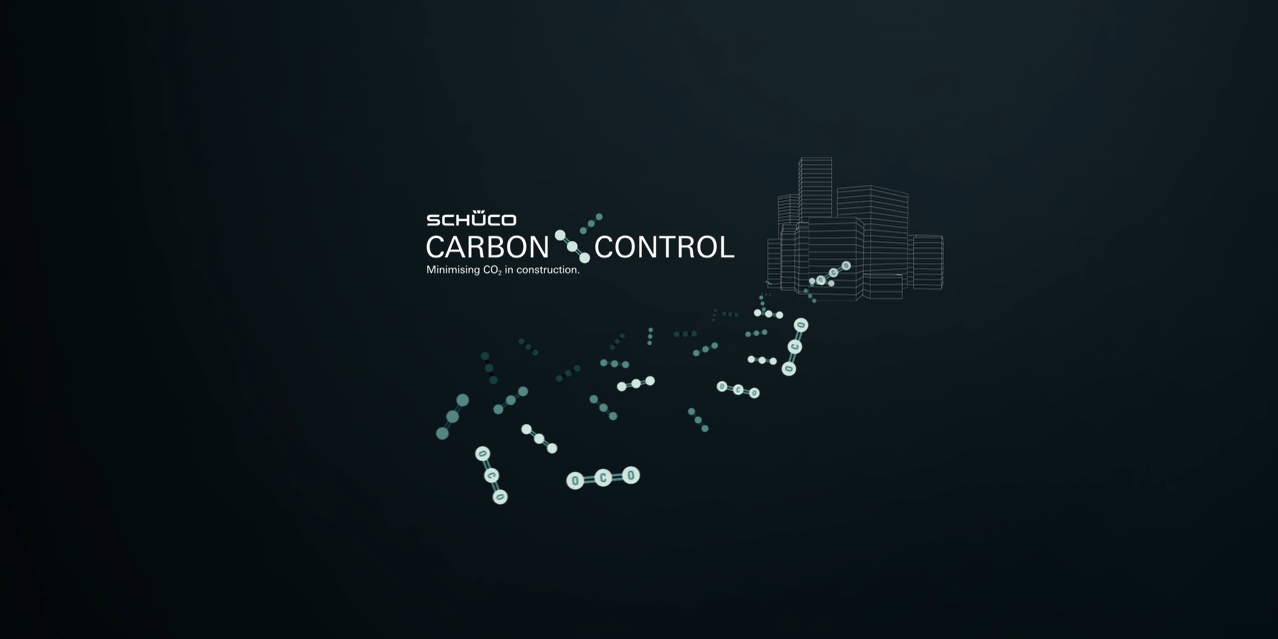
The European Green Deal: fundamentally changing the rules in the construction sector
The European Green Deal, with its goal to achieve climate neutrality by 2050, entails significant changes in the requirements for buildings. CO₂ becomes a new currency and the CO₂ value of a building represents a major factor in all future investments and tenders.
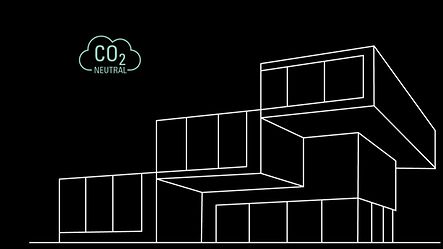
Determining factor in future viability: tailored management of decarbonisation
In the future assessment of buildings, everything will revolve around the ‘GWP value’(i) – the global warming potential of the building across its entire lifespan. From 1 January 2027, building process managers are required to calculate the ‘global warming potential’ of every building as a GWP value and to declare this in its overall energy efficiency certification.
This requirement will apply to new buildings with a usable space of over 2000 m² and from 2030 to all new builds. The ability to manage the GWP value and hence building-specific decarbonisation will be essential to the future viability of buildings.
We are supporting our partners on the path to a CO₂ -neutral future
Schüco Carbon Control allows architects, fabricators, operators and investors to meet the increasing sustainability requirements imposed by law and demanded by clients, to find appropriate competitive solutions to increasingly complex tenders and to avoid investment risks.

"Schüco Carbon Control makes it possible to control the decarbonisation of the building envelope for individual projects. This offer comprises solutions for the entire lifecycle of a building, so that we can make a decisive contribution to reducing CO₂ emissions in the construction sector."
FAQ
What does the European Green Deal mean for the construction industry?
What does the European Green Deal mean for the construction industry?
With the European Green Deal, the EU has made a commitment to become climate-neutral by 2050. Controlling and reducing CO₂ therefore becomes a major factor in the construction industry, which commits itself to offering climate-optimised and climate-neutral buildings.
Why is it so important to monitor CO₂?
Why is it so important to monitor CO₂?
The European Green Deal seeks to reduce greenhouse gas emissions by 55% by 2030 and achieve climate neutrality by 2050. The EU requirement for CO₂ reduction applies from 2027 for new builds with over 2000 m² of usable space and from 2030 to all new builds.
What is the GWP value?
What is the GWP value?
The GWP value quantifies the ‘Global Warming Potential’ of a building – the CO₂ emissions from Embodied Carbon and Operational Carbon – across its entire service life. The GWP value is expressed as CO₂e, or the CO₂-equivalent.
What is Carbon Control?
What is Carbon Control?
Carbon Control from Schüco makes decarbonising the building envelope manageable. Using the modular building-block principle, it enables building-specific CO₂ reduction across all phases of construction – planning, construction, operation and recycling.



